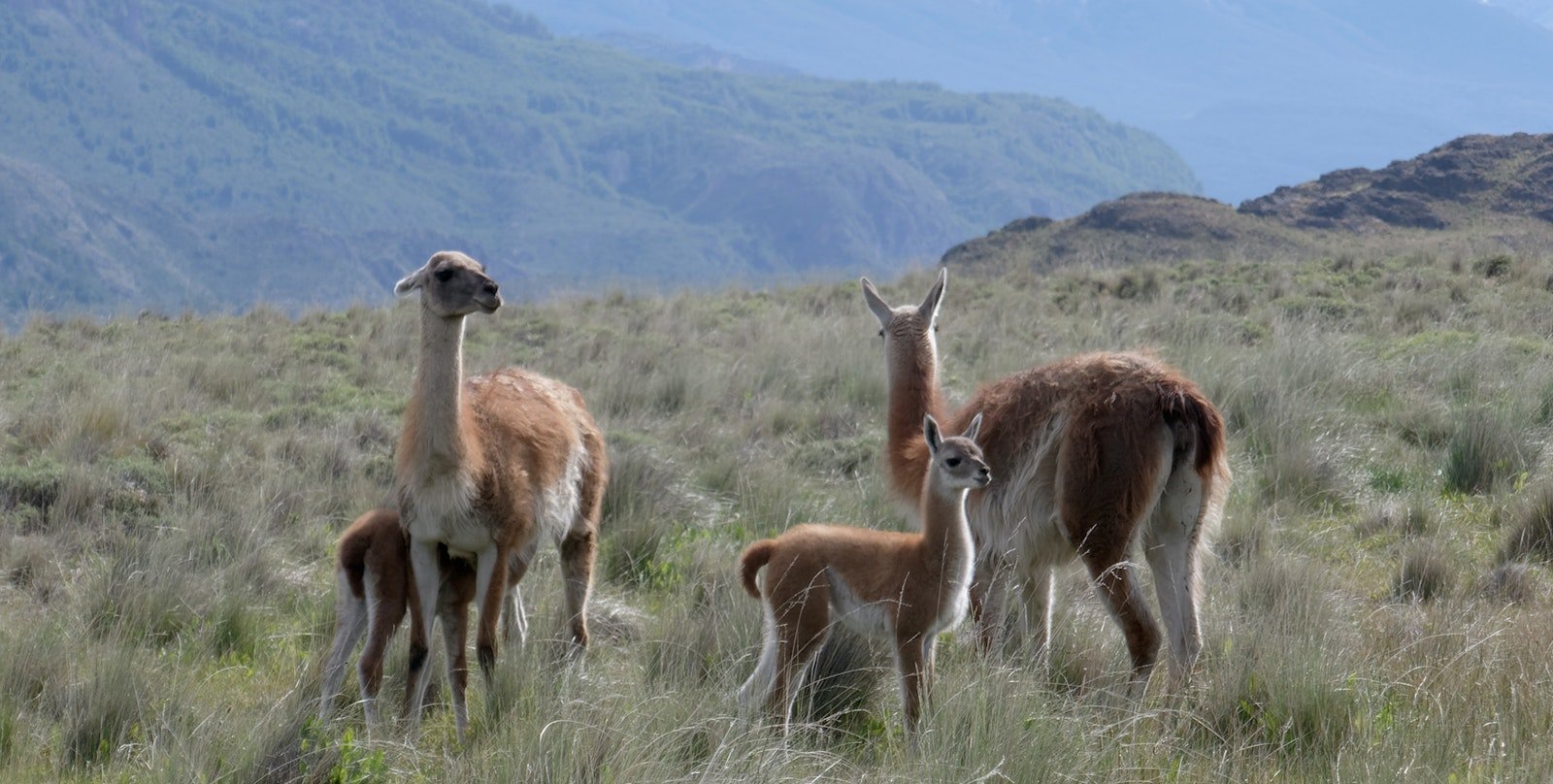What's in your “fibershed?” As appealing as a little building out back to store yarn sounds, I’m talking about a different kind of fibershed.
This word started popping up in online videos and blogs about a year ago as a result of Rebecca Burgess’ self-imposed challenge to wear only clothing that had been created and sourced within 150 miles of her Northern California home. Rebecca’s personal commitment—which she chronicled eloquently online—helped her identify farmers, spinners, knitters, dyers, weavers, clothing makers and a small mill located within her fibershed, all eager to help her complete her quest.
 | |
| Karen's local alpaca (front right) |
Meanwhile, back in Asheville, North Carolina, at about the same time, a small group of local weavers, spinners, knitters, dyers, fiber farmers and small-mill owners began meeting periodically to share ideas. At first we weren’t quite sure why we kept coming together, but the participants were engaging, the conversation was interesting and we always seemed to find a reason to come back the next month.
Along the way we came across Rebecca’s fibershed story. Looking around the room at what each of us brought to the table, we realized we had a really good start on identifying our own fibershed. But what were we to do with this information?
No one was ready to match Rebecca’s “only local clothing” pledge. However, the textile artists in the room did start looking more closely at where we source our raw materials. Let’s just say it was far from local. The alpaca and sheep farmers were thrilled at the prospect of a “buy local fiber” campaign, but the weavers in the room were slow to come around. We like our imported, fine and highly processed silk, linen, cotton, lyocell, bamboo, merino and tussah. Thick, stretchy handspun wool and alpaca just weren’t appealing.
Au contraire, rebutted the fiber farmers. “Our yarn processors can spin it any way you want it.” “Fine and plied,” we responded, fairly confident we wouldn’t like it. Lo and behold, a few months later one farmer plunked a cone of fine, 2-ply, luscious alpaca yarn on the table in front of us. “How’s this?” she asked. “It’ll do,” we mumbled, trying to hide our drool. When she had to wrestle us to the ground to pry the sample out of our hands, she knew we were hooked.
So we’re going to give this fibershed thing a try. Turns out we also have a locally grown and processed cotton yarn and a buffalo ranch within a 100-mile radius of Asheville. A new yarn mill is in development just north of Asheville, and a small jacquard mill is just south of town. Haywood Community College’s Professional Crafts-Fiber program is 30 minutes west, and the Penland, John C. Campbell and Arrowmont craft schools are all within a few hours’ drive.
Our group is working on our name, our mission statement, and our first show. It will be educational and promotional, showcasing the breadth of our regional fibershed and the depth of the textile art talent here.
My personal challenge is to get that alpaca woven into something yummy by November. I’ll bet I can find alpaca ideas in Handwoven’s online directory, and if I need an issue that’s not on my shelf or is out of print, there are always the CD collections.
So take a look around your own fibershed. Start a conversation with a local fiber farmer, source some local yarn and discover an exciting way to weave it. It worked for local food!


